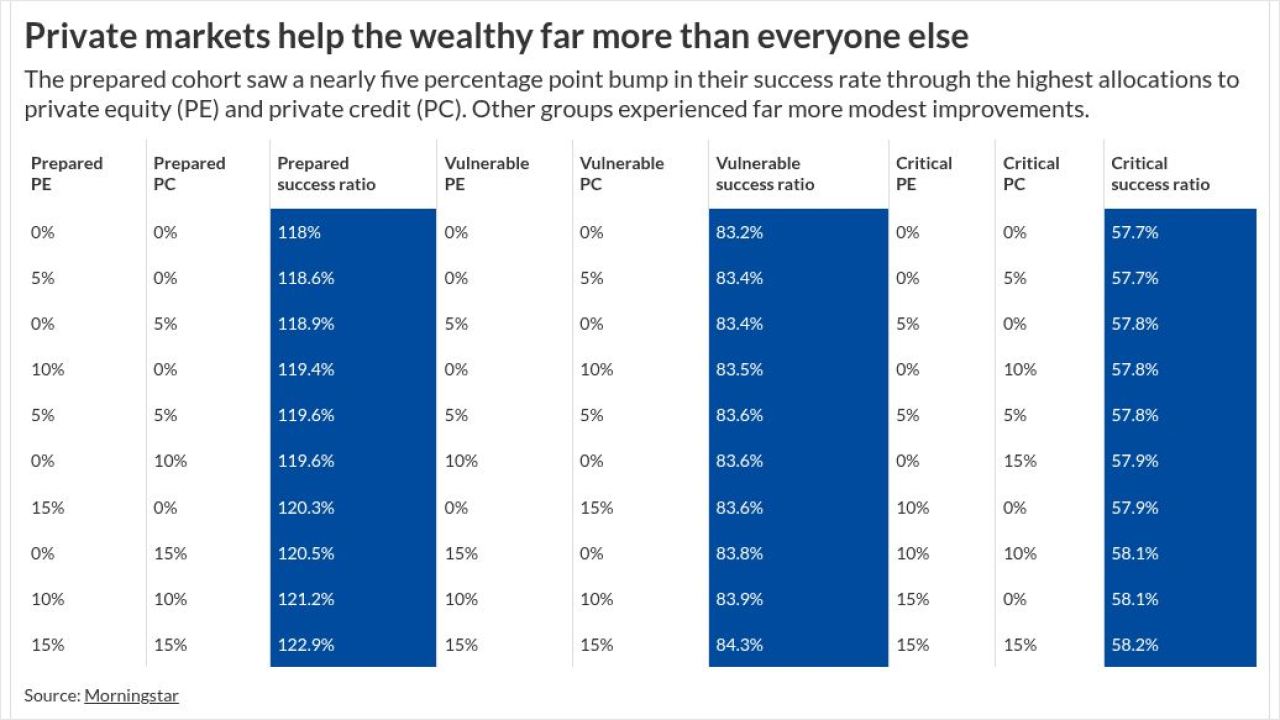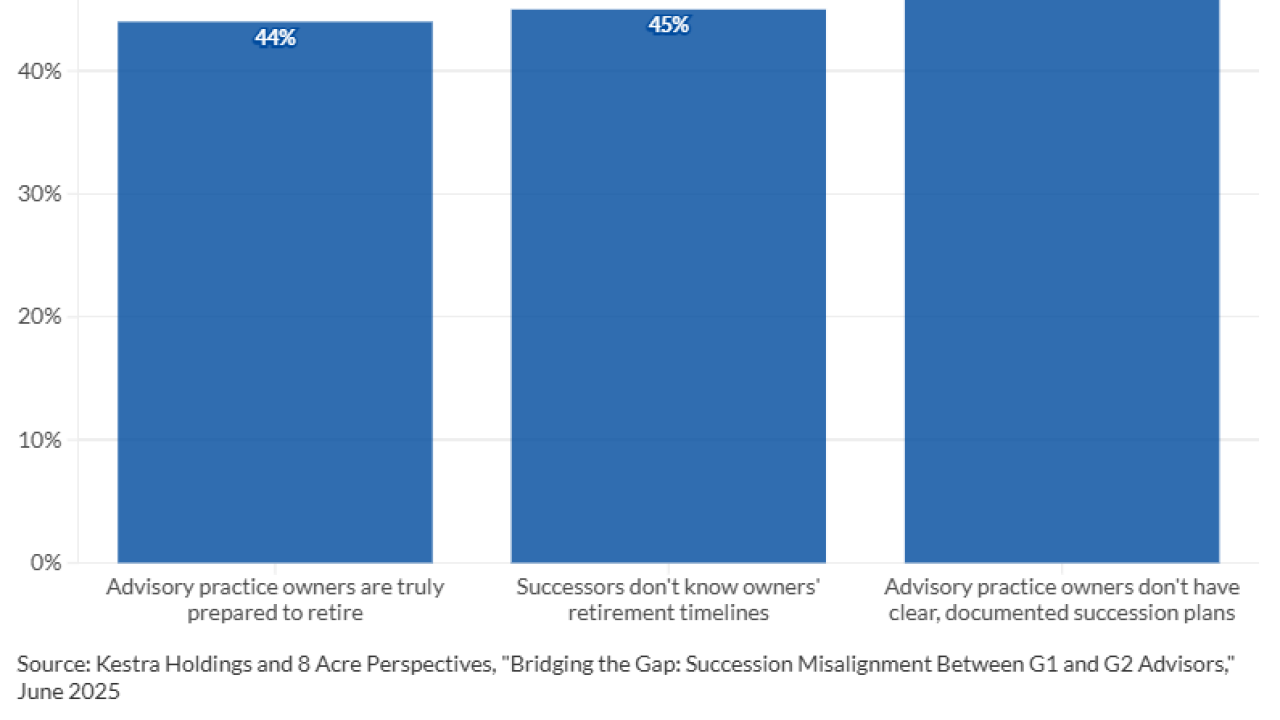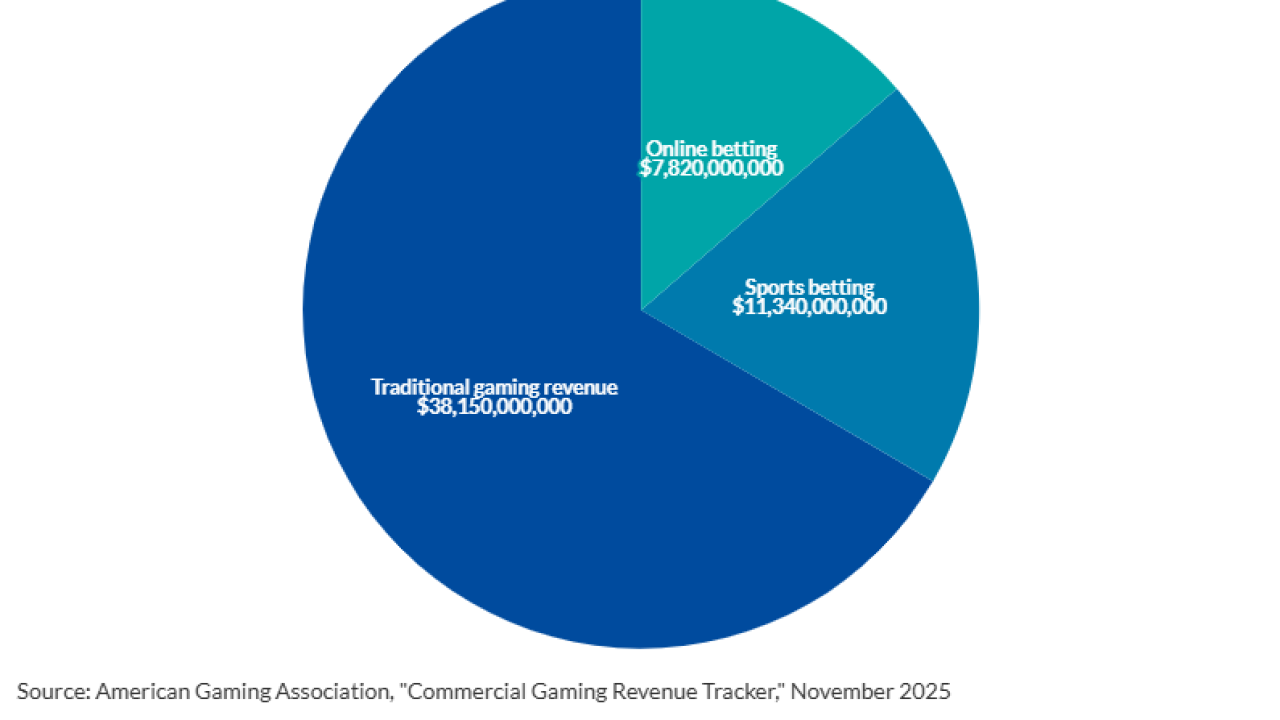As
To help firms ensure that their off-channel communications don't land them in hot water with regulators, Smarsh, a provider of archiving and compliance software, teamed up with Optima Partners Compliance Advisory this week to host an educational webinar focused on the topic.
Led by Tiffany Magri, a senior regulatory compliance advisor at Smarsh; and Steve Boyd, a director at Optima, the session showed firms how to get started with mobile communications, provided advice on establishing policies, and outlined best practices to keep your firm where your clients are.
The duo explained that the shift toward mobile enablement allows firms to be more productive and responsive than ever. But
"Last year, we saw 16 firms fined $1.1 billion. The SEC had alleged that these firms, employees, supervisors and even senior executives were routinely communicating about business matters using text messages or other applications on personal devices," he said, noting that 15 of the firms were broker-dealers, and one of the firms was an affiliated RIA.
Boyd added that earlier this month, the
"So what firms need to do is they need to know their communication channels, and they need to strategize on what they can and cannot use," he said.
Scroll down for tips on how to avoid falling victim to similar fines while also maximizing the full potential of mobile communication channels.










